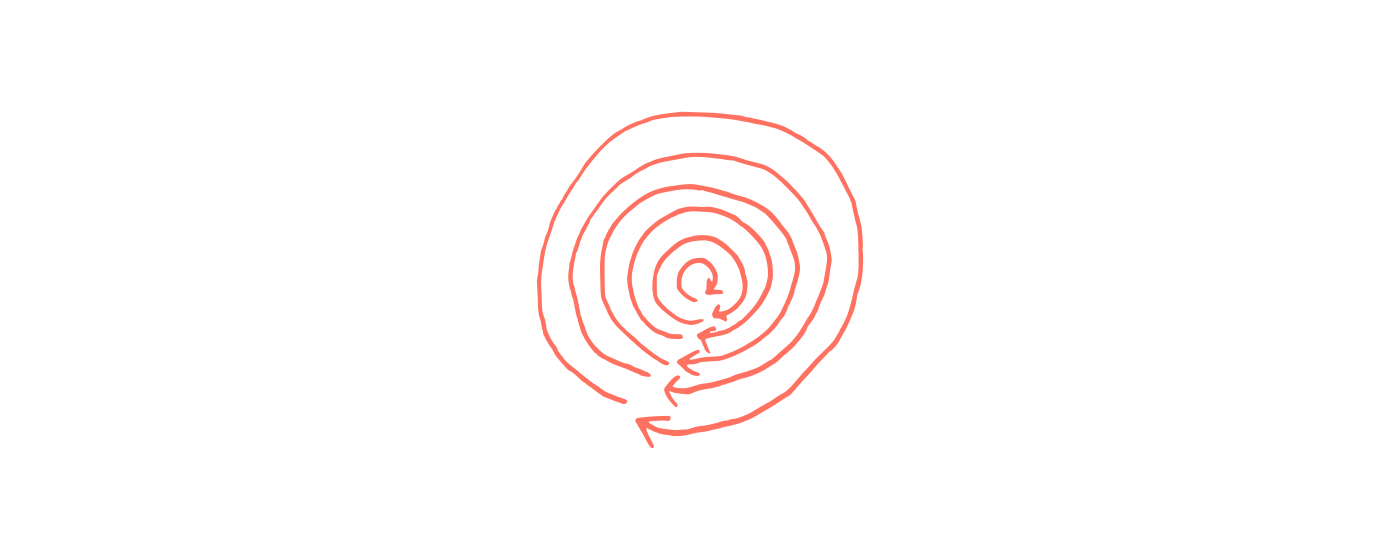How to be (almost) certain in uncertain times
What will the world look like in 10 years? We don’t know. Even though we don’t know, some people act as though they were certain of one thing: the world will stay the same.
Take the education system. It’s holding up a facade of certainty. Here, learn this, pass this test, get this degree and then you’ll have a job.
The real world doesn’t work like that and that’s why there are baristas with a Masters degree.
The reality is an complex system of moving parts and interdependent subsystems in which certainty is about as common as a platinum in nature.
If we think there are certainties, we make bad decisions.
The business world is full of evidence. Why isn’t Nokia no. 1 phone manufacturer? Why isn’t Kodak a no. 1 camera company? Or, why did the 2008 financial crisis happen?
Nokia thought the phone couldn’t be better, Kodak thought digital photography wouldn’t take off, and the financial sectors in the US thought the housing market bonds were a certainty.
Then the world changed.
Doing something because “that’s the way it’s always been” is a sure downward spiral to death, though it might take years or decades.
Fast and slow layers
So if there’s very little certainty, how to think about the world? Seeing everything as uncertain won’t help.
Let me borrow a mental model from Steward Brand.
 Slow and fast layers of reality
Slow and fast layers of reality
Brand proposed that complex systems are composed of layers that change at different pace.
Consider the differently paced components to be layers. Each layer is functionally different from the others and operates somewhat independently, but each layer influences and responds to the layers closest to it in a way that makes the whole system resilient. https://jods.mitpress.mit.edu/pub/issue3-brand
You can imagine there are layers to reality. The outermost layers move fast. The innermost barely budge.
Examples of fast layers:
-
newest fashion trend
-
buzzwords: AI, VR, big data
-
latest viral video
Then there are somewhat slower layers:
-
presidents / governments
-
currencies
-
Fortune 500 companies
-
climate
-
movie / book trilogies
And then there are the slowest layers:
-
human nature
-
life
-
Solar system, the Milky way, the universe
Fast is timely, slow is timeless. Fast is cool, slow is evergreen. Fast is fleeting, slow is lasting. Fast is energetic, slow is powerful.
The slow is almost certain
We want to think about the reality precisely and objectively. To transform it and with it transform our lives.
Here’s a principles to do that.
Build on the slow, with the fast
I very frequently get the question: “What’s going to change in the next 10 years?” And that is a very interesting question; it’s a very common one. I almost never get the question: “What’s not going to change in the next 10 years?” And I submit to you that that second question is actually the more important of the two — because you can build a business strategy around the things that are stable in time. … In our retail business, we know that customers want low prices, and I know that’s going to be true 10 years from now. They want fast delivery; they want vast selection. — Jeff Bezos
This is a powerful example of what building on the slow moving parts of reality means. You build around the slow, but use the fast. For instance, to deliver fast you can use cars, bikes, or drones. The technologies change (fast), the philosophy doesn’t (slow).
What’s true for your business, or work? What’s the slow, solid foundation for your career? What are the fast moving trends and tools you can use to build on it?
-->